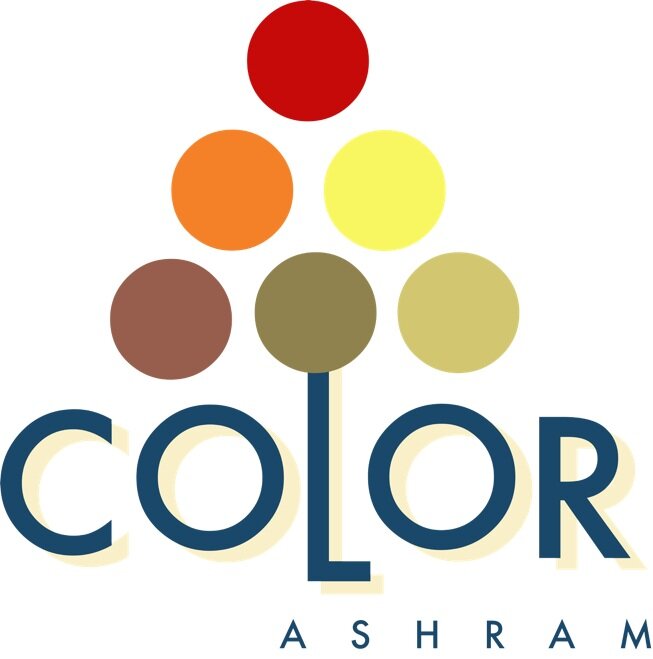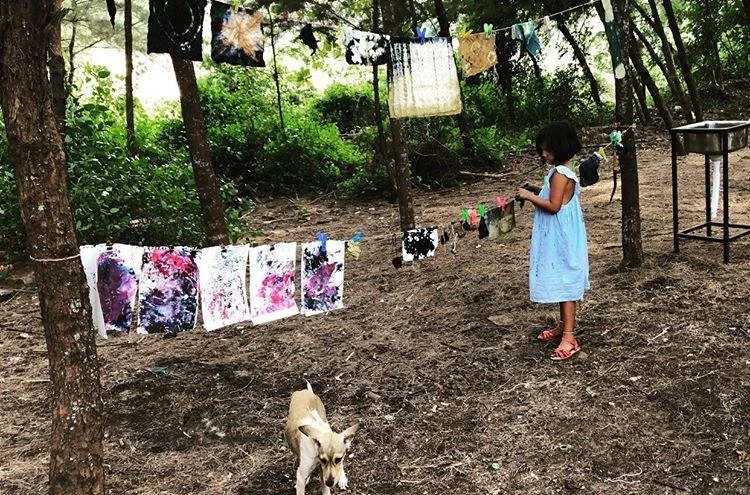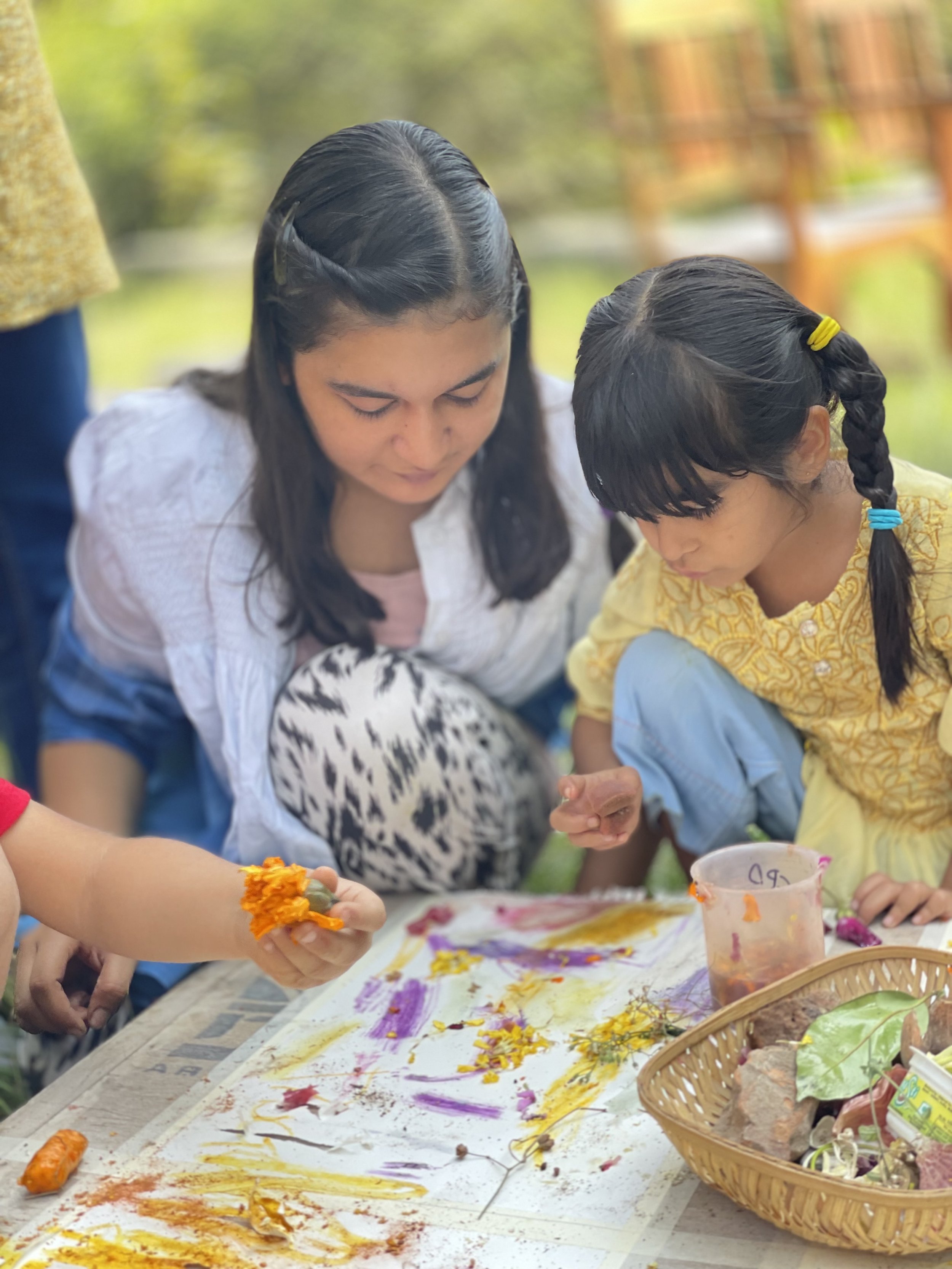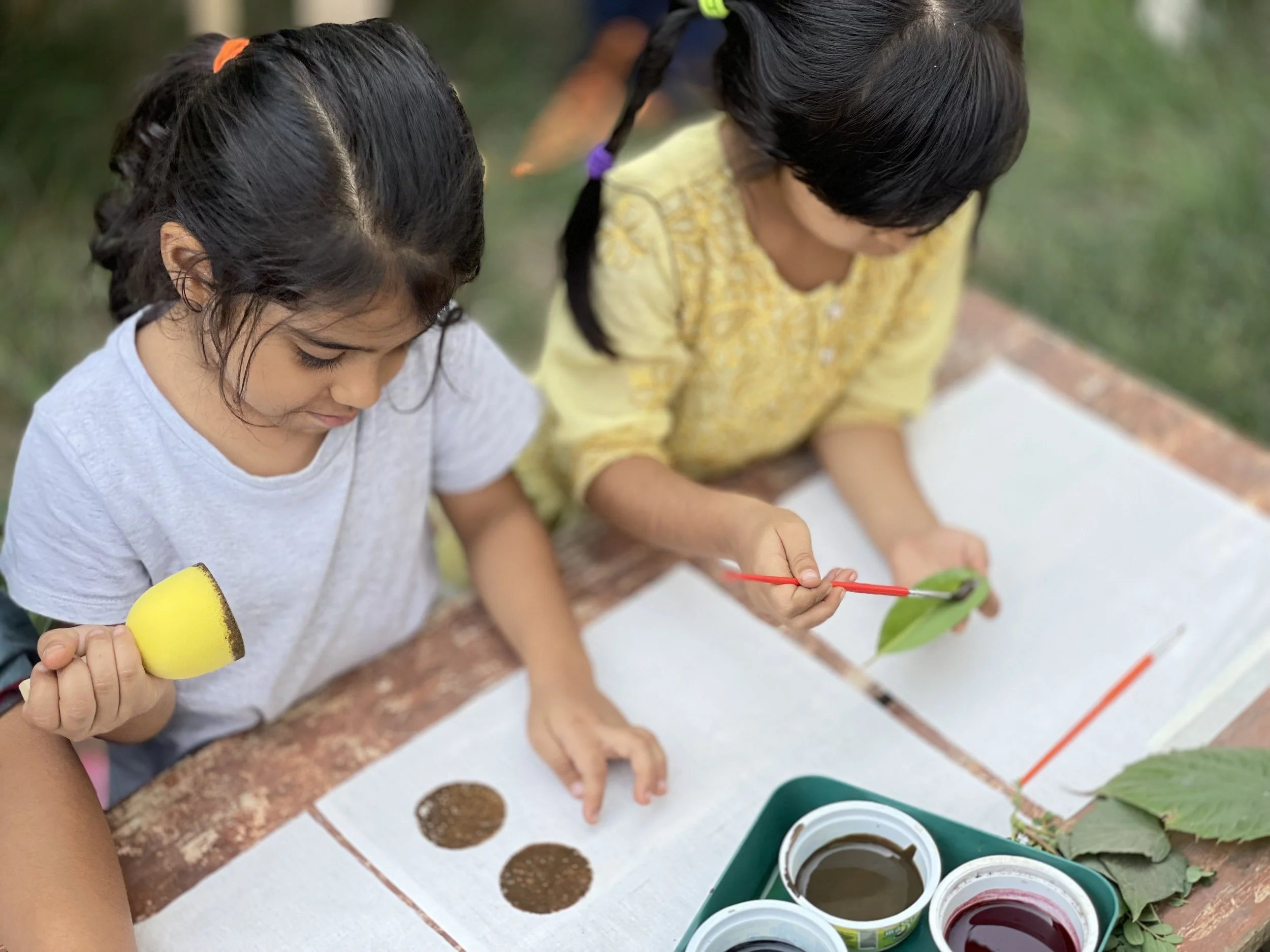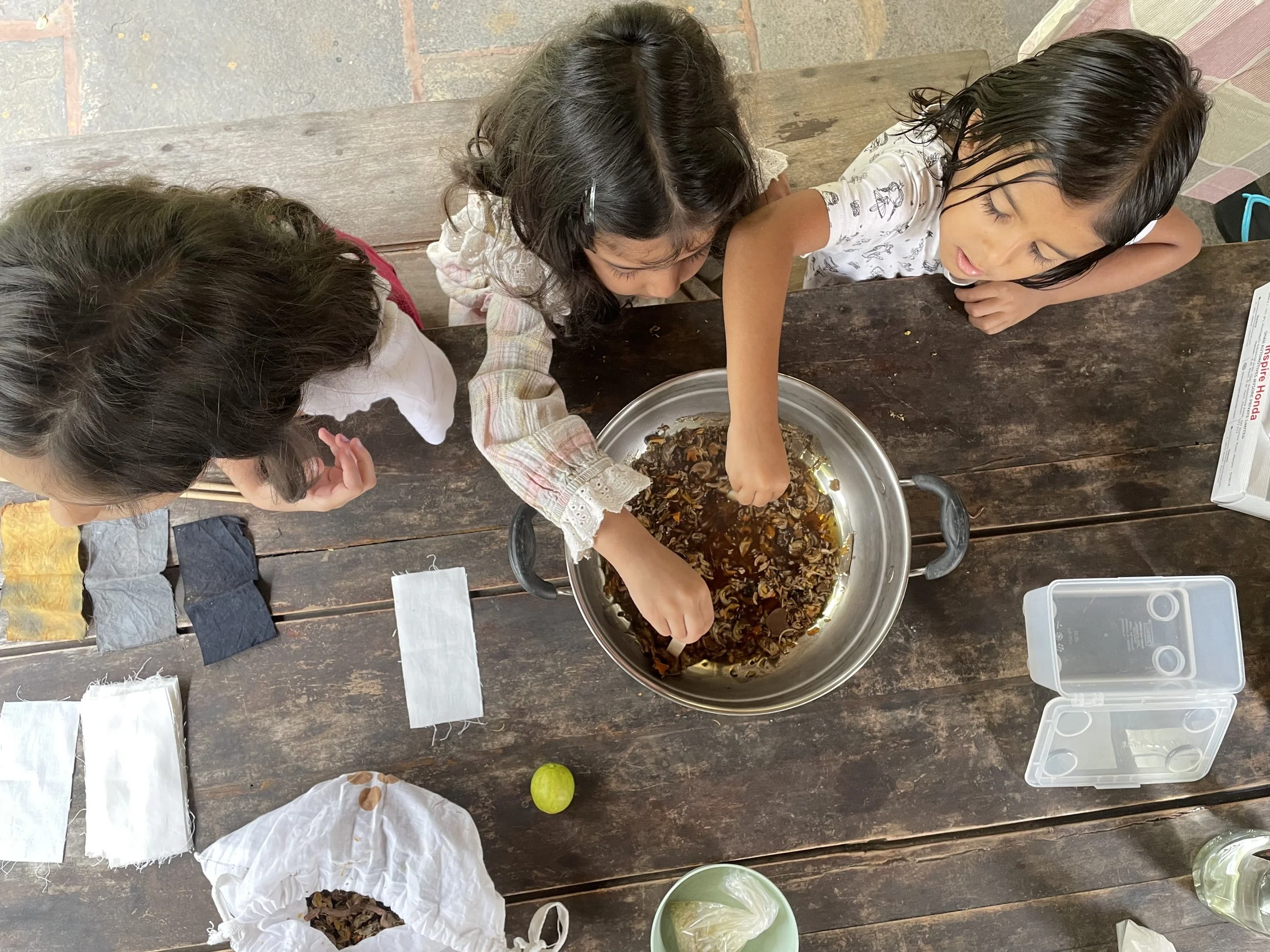Cultivating Consciousness: Why Natural Dye Learning Benefits Children's Education
In an increasingly fast-paced and technologically-driven world, it's essential to impart knowledge that fosters conscious living and environmental stewardship to the next generation. Integrating natural dye learning into the curriculum offers an excellent opportunity to engage children in a multidisciplinary approach that encompasses chemistry, botany, and art. This blog explores the importance of including natural dye learning in children's education and how it can contribute to their growth as conscious citizens of the world.
Connecting with Nature
Natural dye learning encourages children to develop a deeper connection with the natural world. By studying plants and their pigments, children gain an understanding of the interdependence between humans and nature. They learn to appreciate the intricate processes involved in obtaining colors from plants, enhancing their ecological awareness and empathy toward the environment.
Understanding Chemistry
Natural dye learning provides a practical platform for introducing basic chemistry concepts to children. Through hands-on experiments and observations, children discover the chemical properties of plants and their dyes. They learn about extraction methods, pH balance, mordants, and the factors that influence color variations. This immersive experience fosters critical thinking, problem-solving, and an appreciation for the scientific method.
Exploring Botany
Studying natural dyes introduces children to the world of botany, expanding their knowledge of plant species and their characteristics. They learn to identify different plants suitable for dye extraction and understand their growth cycles. This botanical exploration nurtures curiosity, observation skills, and a sense of wonder about the natural world, empowering children to become responsible custodians of plant biodiversity.
Nurturing Creativity
Artistic expression is a vital aspect of natural dye learning. Children engage in the creative process of dyeing fabrics, experimenting with color combinations, and exploring various techniques such as tie-dye, eco printing, and block printing. This fusion of art and science allows children to develop their creativity, aesthetic sensibilities, and appreciation for traditional crafts. It encourages self-expression, imagination, and a sense of accomplishment in creating something unique and beautiful.
Fostering Sustainability and Conscious Consumption
Incorporating natural dye learning into the curriculum instills values of sustainability and conscious consumption in children. They learn about the harmful environmental impacts of synthetic dyes and the importance of choosing natural alternatives. By engaging with natural dyes, children gain an understanding of the significance of reducing waste, recycling materials, and making environmentally conscious choices. This knowledge equips them to make informed decisions and encourages a lifelong commitment to sustainable practices.
An invite: schools, homeschoolers and mothers
Natural dye learning is a valuable addition to children's education, offering a multidisciplinary approach that combines chemistry, botany, and art.
